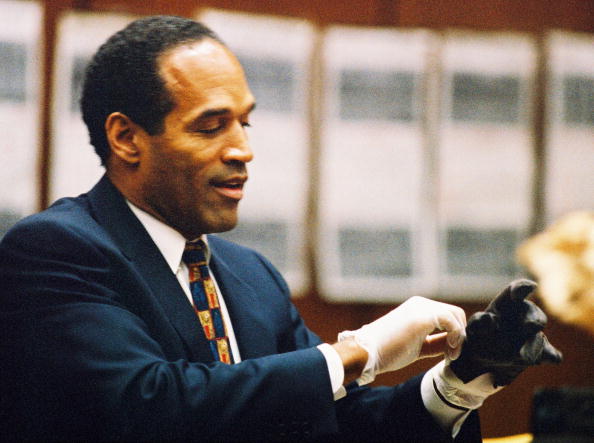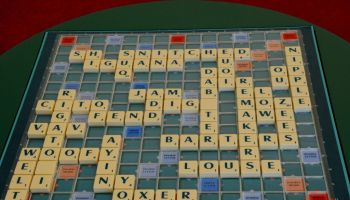From the Washington Post:
PORT-AU-PRINCE — They pound concrete. Smash it over and over. Smash it until it powders.
Click here to view photos.
The pounding starts at dawn, when the men with the calloused hands crawl by the hundreds, antlike, over and into the ruins of this broken city, from the toppled old market-houses on the Grand Rue to the humbled schoolhouses of the central city, from the shattered shacks along the waterfront to the crumpled mansions up the hill. You hear them before you see them. Heavy hammers tapping out a beat.
Concrete played the villain’s role in the Jan. 12 earthquake drama that savaged Haiti’s capital. The city’s dominant building material was weak when it should have been strong. The men with the hammers hit the stuff hard, as if exacting a kind of communal revenge, pulverizing a symbol of failure in a search for something more trustworthy.
Embedded in all that concrete are countless tons of steel and iron, there for the taking. Long rods of it, short planks of it. Sprawling, arching loops of it. Metal twisted, but still of value, still suitable to be melted down in China or some other faraway land with the money and means to turn pieces of Haiti into something new. The metal is everywhere. So much of it that Port-au-Prince should be a wonderland for the metal scavengers, the Caribbean conduits for an international scrap-metal market.
RELATED STORIES
Haiti Drops Kidnapping Charge Against 10 American Missionaries
















